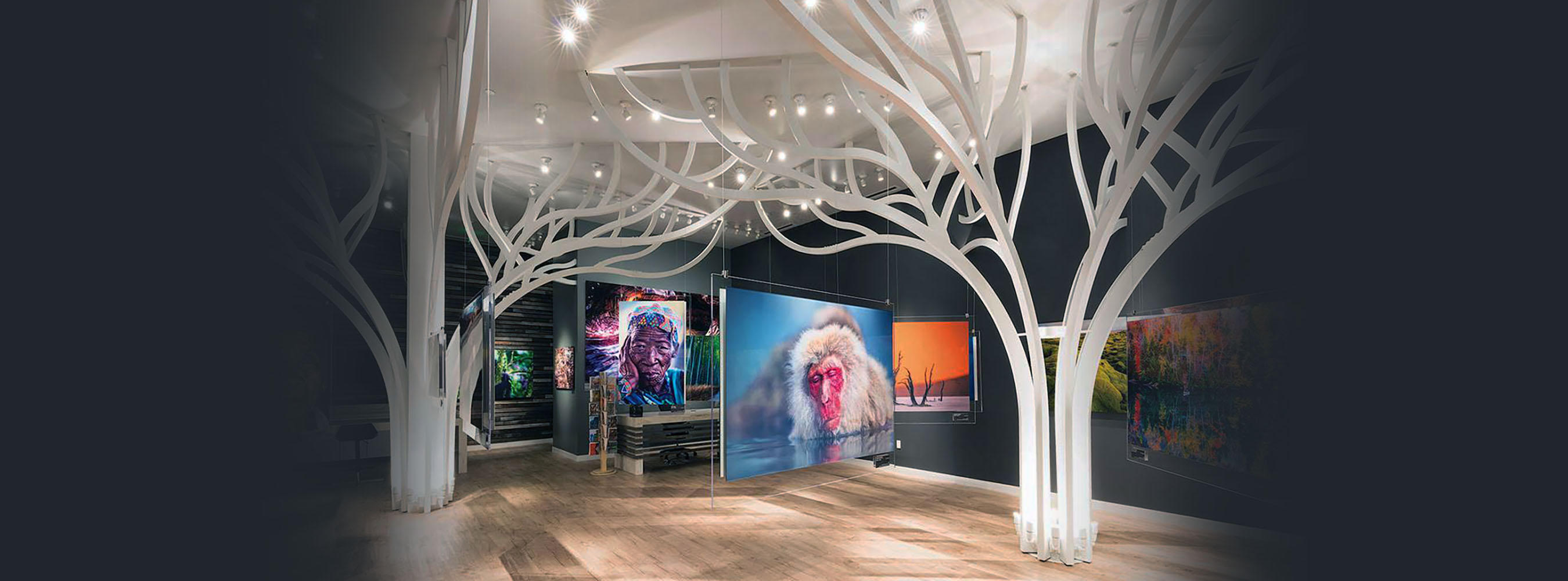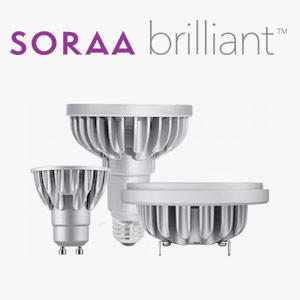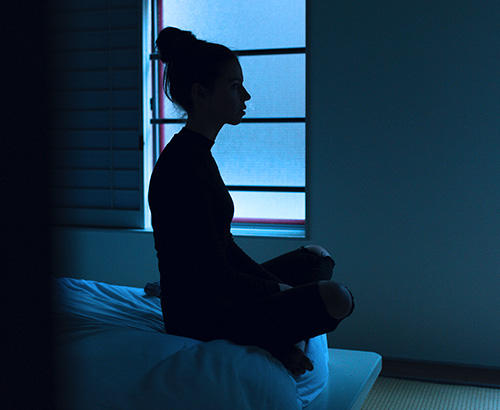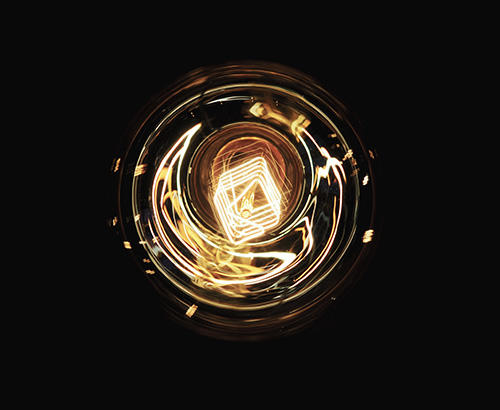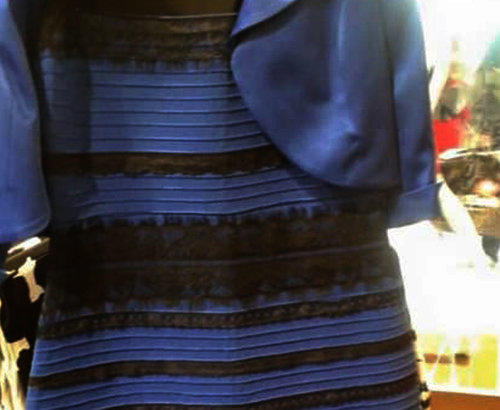Top Ten Challenges For Solid-State Lighting: #3 – Beam Quality
October 2015 - by Aurelien David, SORAA's Chief Scientist
I like this
Recently, I discussed the importance of color consistency at the component level. Today, I want to look at a closely related subject: beam quality.
When directional lamps are specified, one often looks at “classic” metrics: beam angle, center-beam candlepower, average chromaticity… Yet, when we visually assess lamps, we are often surprised at the huge variations in how the beam “feels” – even for nominally-identical sources. Several phenomena explain this disconnect between specifications and perceptions.
First, the beam angle is a very coarse way to characterize the shape of a beam. A variety of beam profiles can have the same nominal angle – from bell-shaped to flat-top beams, and beams having any variety of “tails” (see figure). Of course, these yield different perceptions. The preferred profile depends on the application, and often on the user’s taste. A few basic rules are often true – for instance, a large amount of light outside the beam (in the spill) is undesirable and can cause glare. This is why the spill angle of a lamp is a good indicator of beam quality. But beyond this, preference prevails. Accordingly, different manufacturers sometimes have a distinct “style” of beam which will please some users, but probably not all!
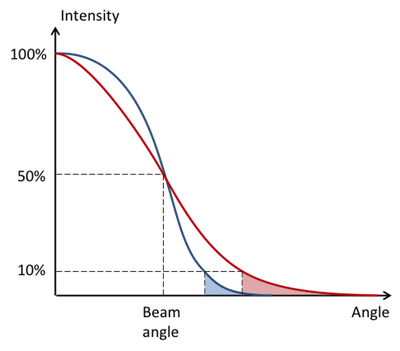 Figure 1. Sources having the same beam angle can nonetheless have very different profiles. Here the blue line corresponds to a sharper beam than the red line. The spill angle (delimiting the shaded area of the curves) helps determine this.
Figure 1. Sources having the same beam angle can nonetheless have very different profiles. Here the blue line corresponds to a sharper beam than the red line. The spill angle (delimiting the shaded area of the curves) helps determine this.
Second, a lot of things happen inside the two-dimensional extent of a beam. Light can have rapid variations in intensity (so-called hot spots) and in color (colored spots, yellow rings…). These are sometimes very apparent, especially when shining the spot on a white wall, and they can be unacceptable – making bad lamps look more like Christmas tree lights… Intensity variations are often caused by the combination of a non-uniform LED component (such as a series of discrete LED sources), and of an optic providing insufficient randomization of light. Color variations can be trickier, and are often related to color-over-angle issues at the LED component – as discussed here, this is an area where SORAA’s intrinsically-uniform VP3 components make the job easier.
Often, the worst offenders are combinations of color and intensity non-uniformities, or spots which break the beam’s circular symmetry. Unfortunately, soothing these effects is a tough job. Indeed, we lack good tools to quantify our perceptual sensitivity to many non-uniformity artifacts. Some standards impose limits on the maximum variation across a beam (in terms of intensity and color-over-angle); but these are not always sufficient. Sometimes, non-uniformities having a moderate ‘theoretical' color variation are nonetheless very bothersome perceptually. Likewise, no metric assesses whether the beam retains a circular symmetry without irregularities – a good empirical trick to reveal these is to rotate the lamp around its axis while shining it on a plane.
Research is ongoing to more adequately weigh the perception of color and intensity variations. In the meantime, the best tool often remains an empirical visual test by the optical designer, who then iterates the design to obtain a visually pleasant outcome. However, there is a tradeoff between beam quality and optical efficiency – this is because most non-uniformities can be mitigated by adding some scattering or randomization in the lens, which also reduces its efficiency. Of course, manufacturers seek a nice-looking beam and an efficient source; in the absence of well-defined criteria for beam quality, there is large arbitrariness in this balancing exercise. Moreover, the common emphasis on lumens in the marketplace means that it can be tempting to compromise somewhat on beam quality for better lumens – and even sneak a few lumens in the spill for good measure!
Therefore, the current reality of the market is that there is a lot of unpredictable variation in beam quality – which, ultimately, users can only assess individually. Over time, it can be hoped that feedback from power users to manufacturers will lead to a more controlled level of quality. In the meantime, shop around – and don’t forget to check out SORAA’s lamps for a flavor of a great beam optimized through system performance and careful optical design!
